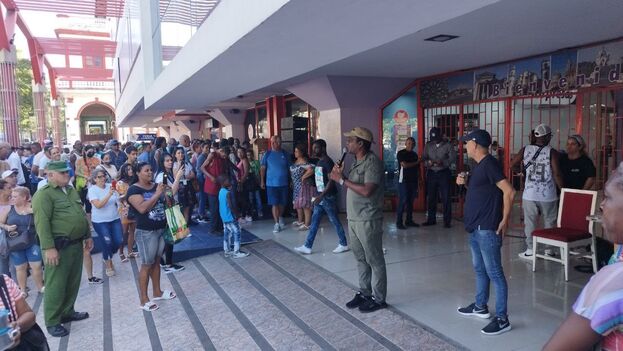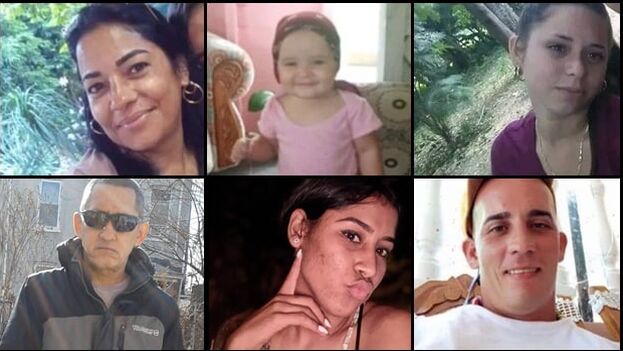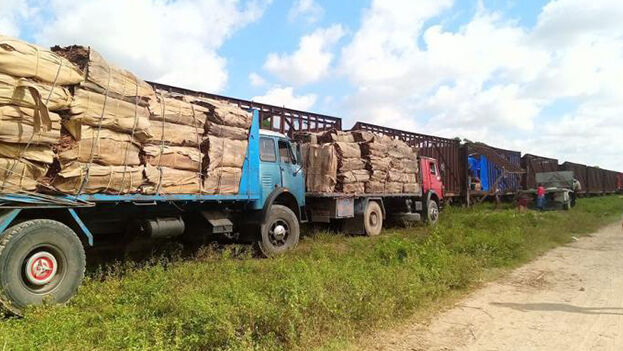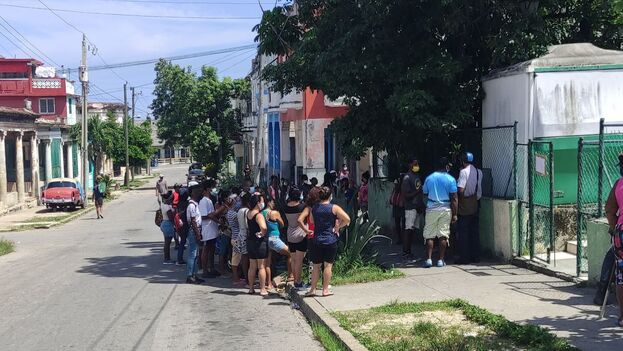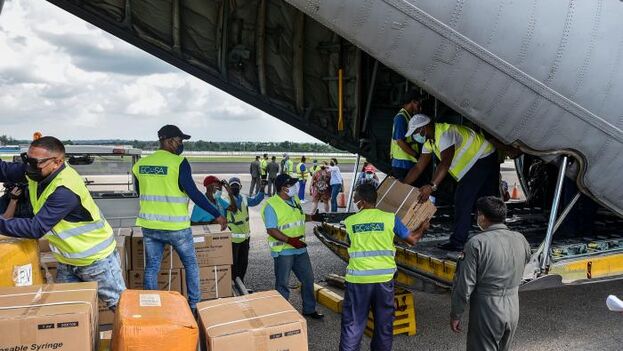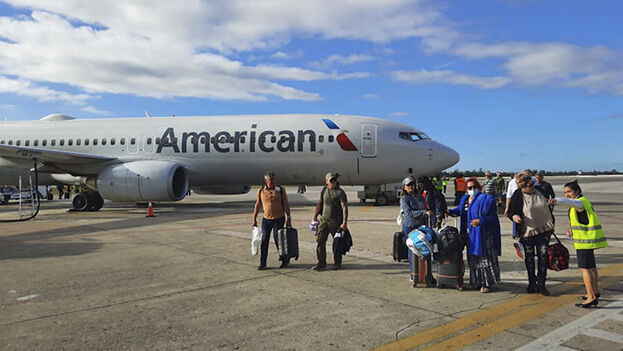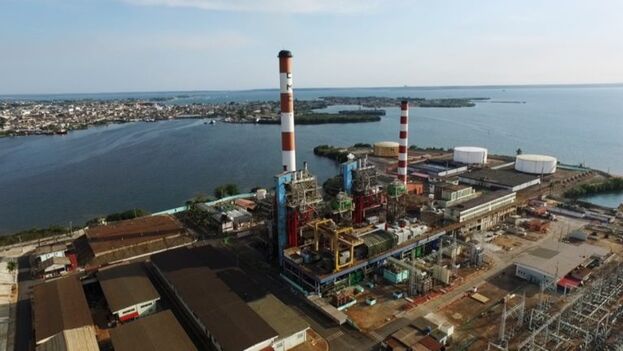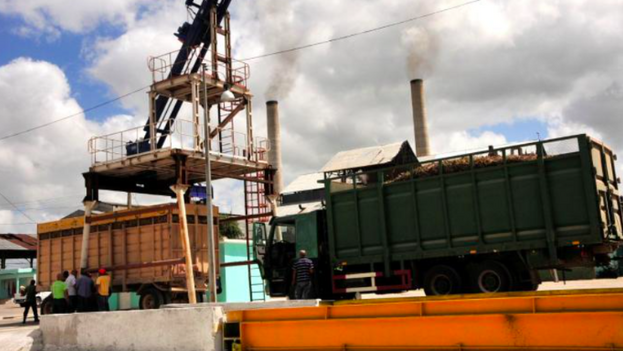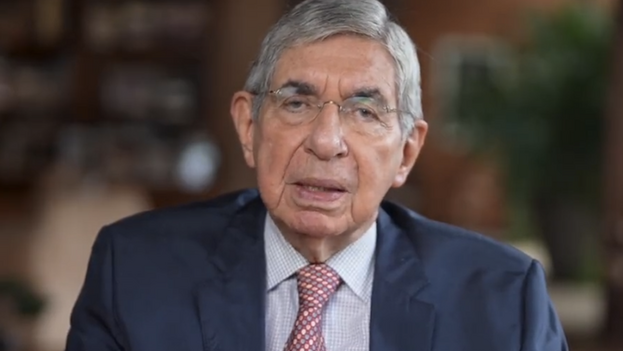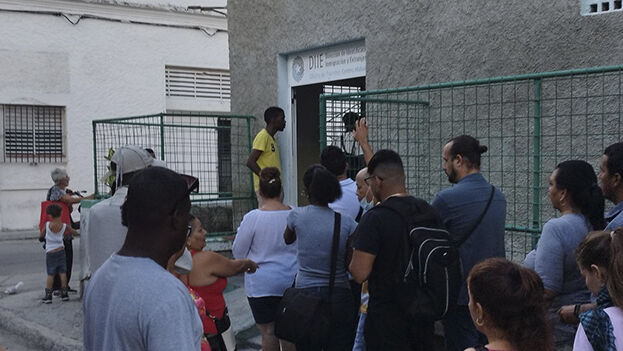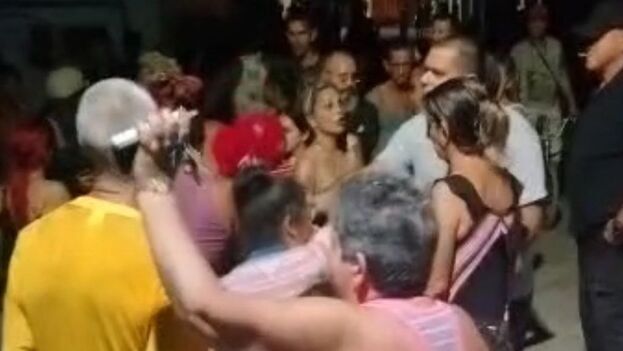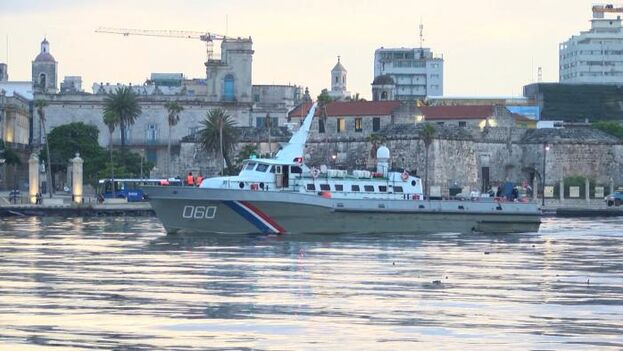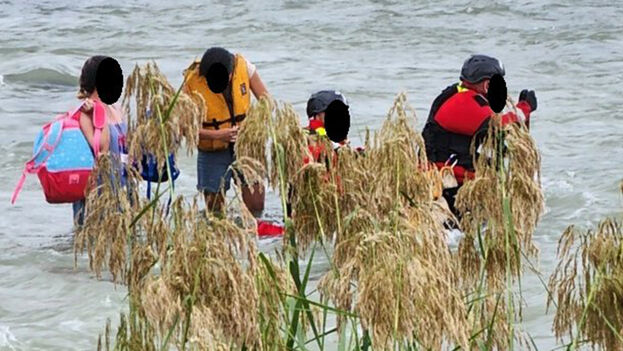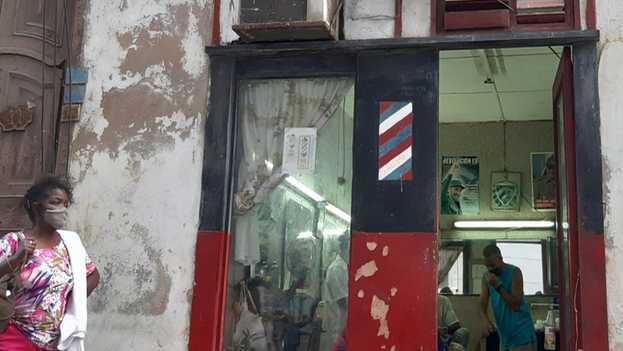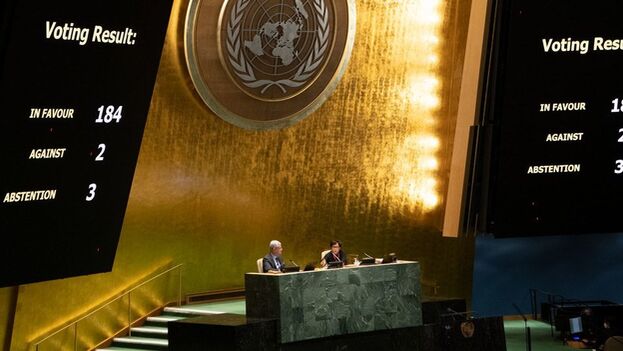
![]() 14ymedio, Elías Amor Bravo, Valencia, 3 November 2022 — There is no doubt about it. The Cuban communist regime has taken the fierce U.S. embargo/blockade for a walk in the United Nations, which it keeps for the appropriate occasions. As of now, it achieves international attention in this forum of nations. And, if there is something that continues to provoke rejection and fatigue towards the castrista outcry against the blockade, it’s the way they have to try to convince the world, and to a large extent themselves, of what is that blockade that only exists in the feverish minds of a few.
14ymedio, Elías Amor Bravo, Valencia, 3 November 2022 — There is no doubt about it. The Cuban communist regime has taken the fierce U.S. embargo/blockade for a walk in the United Nations, which it keeps for the appropriate occasions. As of now, it achieves international attention in this forum of nations. And, if there is something that continues to provoke rejection and fatigue towards the castrista outcry against the blockade, it’s the way they have to try to convince the world, and to a large extent themselves, of what is that blockade that only exists in the feverish minds of a few.
To begin with, as we have pointed out in this blog on numerous occasions, there is no blockade as such, since Cuba trades, invests, receives tourists and subsidies from 192 countries of the world completely freely. And let’s use correct language. The dictionary of the Academy of the Spanish Language says that a blockade is “a maritime force that blocks.” Has anyone seen any US ship closing Cuba’s traffic since those days of Soviet nuclear missiles? No. Obviously, there is no blockade. What there is is a dispute, and it would be better to use this term.
For example, Castroism says that “the blockade is a system, based on hatred and punitive measures against human beings.” However, for many it isn’t, and it represents a legitimate option of economic rights that, at the time, were trampled upon by the same political regime that governs the destinies of Cubans. No one was worried then about the billions of dollars of property that was seized by Fidel Castro’s communist regime and, worse, the joke of committing to payments that never arrived.
Nobody remembers that episode, but there were tens of thousands of people who lost all their assets, and were not only dispossessed. They were repressed and imprisoned by the regime that had confiscated their property. Between 1959 and 1968, more than 90% of the assets of foreigners and Cubans passed into the hands of the State. No one has ever given the slightest proof of complying objectively and correctly with the compensations. The permanence of the dispute between the United States and Cuba is a firm commitment of the former to the rights of its citizens. It is not an act of hatred, precisely. The punishment applies to those who fail continue reading
From this perspective, if the international community makes claims for the dispute to disappear, it’s because it ignores the background, or simply, it has taken the side of the Cuban communists. The dispute is not a “crime against a neighboring nation, noble, solidarity, respectful, that has never attacked or will attack the US.” On the contrary, it is a defense of the interests of its citizens, who were aggrieved by that neighboring nation, and a firm commitment to freedom and democracy.
At the same time, Cuban communists stretch the rope of the blockade to the limit.
For example, they usually say that “the blockade causes Cuban children who suffer from the lack of a drug, the implantation of an organ, or the use of a reagent, for the ridiculous reason of having only 10% of American components.” Or when they say that “Cuba can’t buy food or has to look for it in distant markets, or simply do without because the banks where we must pay don’t accept Cuban financial transactions.”
False. It allows, precisely, the purchase of food of all kinds and medicines and medical equipment in the United States. The data support it. Purchases of these products exceed 200 million dollars a year. The only condition is that Cuba pay in cash. The truth is that with Cuba’s data on debt defaults, that requirement not only seems reasonable, but should be extended to all countries that trade with the Island. The United States does well to protect its exporters.
And of course, there are lies and more lies to distort reality. It’s not true that because of the blockade “the use of the US currency has had to be suspended because no necessary resource is allowed to be acquired with it, whatever it may be.” The dollar is used in Cuba today more than ever, and there is a stable demand that keeps the price high in informal markets, reflecting the deep imbalances of the economy.
Cubans demand dollars and will continue to do so, above the existing supply, because they are a safe haven, a trustworthy currency, and they increase purchasing power and facilitate access to all kinds of goods and services. The necessary traceability of those dollars is something very different, and here once again, if the regime doesn’t get Cuban dollars accepted in foreign banks, it is because the origin of them is unknown, and international payment standards must be complied with, which, for example, Fidel Castro despised. Taking Cuba off the list of terrorist countries can, in this case, even be reckless.
If relations between the United States and Cuba continue to be assessed through the framework of the dispute, there is only one party responsible: the Cuban communist regime. In the text it is very clear what has to be done and how to leave behind this situation that, on the other hand, has always existed and only becomes a threat in those moments when Cuba ceases to have some external partner willing to subsidize its economic and political adventures. In that sense, between 1959 and 1993 there was no talk of any embargo. Reason? The generous Soviet subsidies. Later, with the economic emergencies of the Special Period, the argument of the embargo arose, but when Chávez’s oil arrived, the tension calmed down again. Until now, when Castroism is in the terminal phase and doesn’t know what to do.
It’s even possible that the dispute is in its final hours. However, there are those who think that it’s now more justified than ever. At the United Nations, Cuba wins every year in votes on this issue. David’s false fight against Goliath always has supporters. What there is no doubt about is that the sacrifice of the United States for giving continuity to a policy that began as a defense of the interests of its citizens and ended up being a wise strategy for the democratic, economic and social transformation of Cuba, will be rewarded when Cuba joins the set of democratic countries of the world. And that will be soon. And then, the dispute will be over.
_____________
Editor’s note: This article was originally published on the Cubaeconomy blog and is reproduced with the author’s permission.
Translated by Regina Anavy
____________
COLLABORATE WITH OUR WORK: The 14ymedio team is committed to practicing serious journalism that reflects Cuba’s reality in all its depth. Thank you for joining us on this long journey. We invite you to continue supporting us by becoming a member of 14ymedio now. Together we can continue transforming journalism in Cuba.

